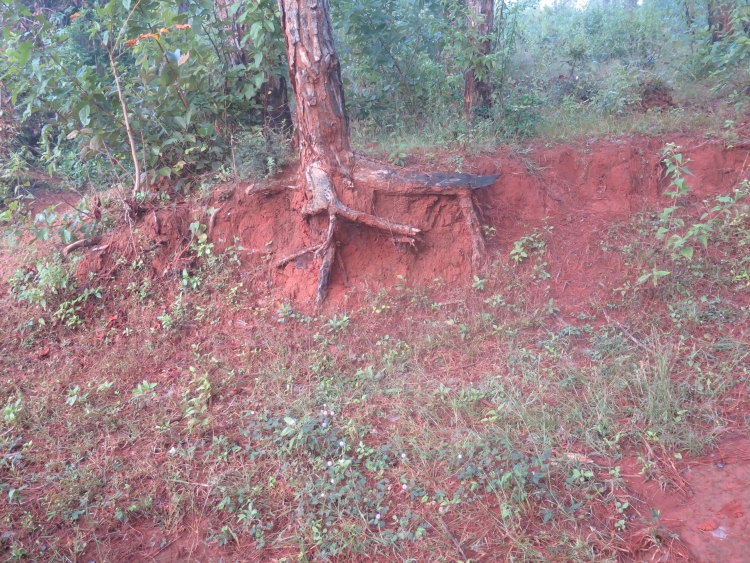Nyaungshwe, Myanmar – Ongoing deforestation around Inle Lake is leading to significant soil erosion in one of its major tributaries, causing soil accumulation in the lake and threatening the fragile ecosystem of this UNESCO Biosphere Reserve. This conclusion of a study using nuclear techniques, which have also identified the exact sources of the soil erosion in the Kalaw watershed, will enable local forestry officials to target their conservation efforts in the areas most susceptible to erosion.
Conservation and the use of the new data to educate local people about the consequences of illegal logging and the increased use of the lake as a floating vegetable garden will help save Inle, said U Sein Tun, park warden at the Forest Department in Nyaungshwe, the biggest town on the lake. The erosion research, which was completed last month, was carried out by Myanmar’s Forest Research Institute and supported by the IAEA and the Food and Agriculture Organization of the United Nations (FAO).






